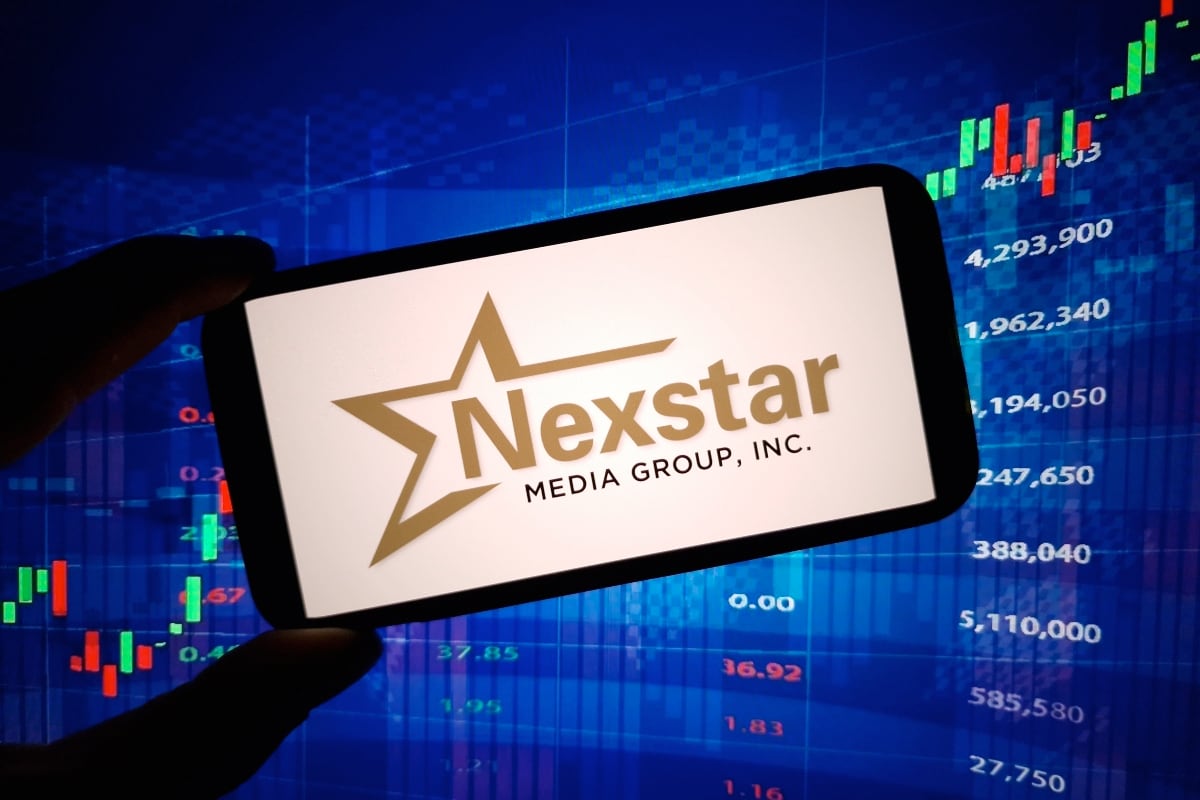If you turned on KAMC (our ABC station in Lubbock) recently, you may have noticed something missing: Jimmy Kimmel Live! Nexstar Media Group has announced it will continue preempting the late-night show on its ABC-affiliated stations.
But this decision isn’t just about one program — it highlights how the consolidation of TV station ownership gives fewer corporations the power to decide what local communities can and cannot watch.
How Big Nexstar Has Become
To understand what’s happening, you need to see how large Nexstar already is — and how much bigger it plans to get.
-
Stations & reach today: Nexstar owns or operates more than 200 television stations across 116 markets. See full station list.
-
The Tegna acquisition: In August 2025, Nexstar agreed to acquire Tegna Inc. for $6.2 billion. Tegna owns 64 stations in 51 markets.
-
Projected coverage: Once the deal closes, Nexstar will control 265 full-power stations across 44 states and D.C., covering nearly 80% of U.S. households.
-
Regulatory limits: FCC rules traditionally cap a broadcaster’s reach at 39% of households. Nexstar’s combined footprint would exceed that.
The Kimmel Preemption
With that kind of reach, Nexstar’s decisions have national consequences.
-
Nexstar owns 32 ABC affiliates, all of which are preempting Jimmy Kimmel Live! indefinitely.
-
Together with Sinclair, Nexstar controls over 25% of ABC’s affiliate stations nationwide.
-
Even though ABC has reinstated Kimmel on the network feed, viewers in Nexstar markets like Lubbock won’t see it — the show is replaced with local news or syndicated programming.
Why This Matters in Lubbock
This isn’t just a scheduling decision. It reflects larger trends that hit mid-sized markets like Lubbock the hardest.
1. Fewer Viewpoints and Less Choice
When corporate groups pull programming, local viewers lose out on cultural and political voices. Decisions are made in distant boardrooms, not in Lubbock.
2. Declining Local News Quality
Consolidation leads to cost-cutting:
-
Shared templates and scripts across markets.
-
Fewer reporters producing original, investigative work.
-
Local stories get less depth and nuance.
3. Programming Gaps
In a market with limited station options, pulling one major late-night show leaves few alternatives. For many households, broadcast TV is still the default — so these gaps matter.
The Tegna Factor
Nexstar’s move may also tie into its $6.2B Tegna acquisition:
-
Risk management: With more stations under its control, Nexstar faces more potential backlash. Preemptions act as “damage control.”
-
Regulatory optics: Demonstrating “local sensitivity” could soften scrutiny from the FCC.
-
Industry precedent: Large station groups wield their power to influence what national networks produce and distribute.
What Lubbock Can Do
If you’re a local viewer, here are a few things to demand from broadcasters:
-
Transparency: Tell viewers why a show is preempted.
-
Better replacements: Don’t just fill time with repeats or low-quality content.
-
Investment in real local news: Stop cutting staff while claiming to represent community values.
-
Support independent outlets: Seek out local radio, newspapers, and online reporting.
Conclusion
Nexstar’s blackout of Jimmy Kimmel Live! is about more than late-night TV. It’s about who gets to decide what shows — and what voices — make it to screens in Lubbock.
As Nexstar grows even larger through the Tegna deal, the risks for viewers increase: fewer choices, weaker local reporting, and more programming decisions made far away from the people actually watching.
For Lubbock, that’s more than an inconvenience. It’s a shrinking of the local media landscape.

